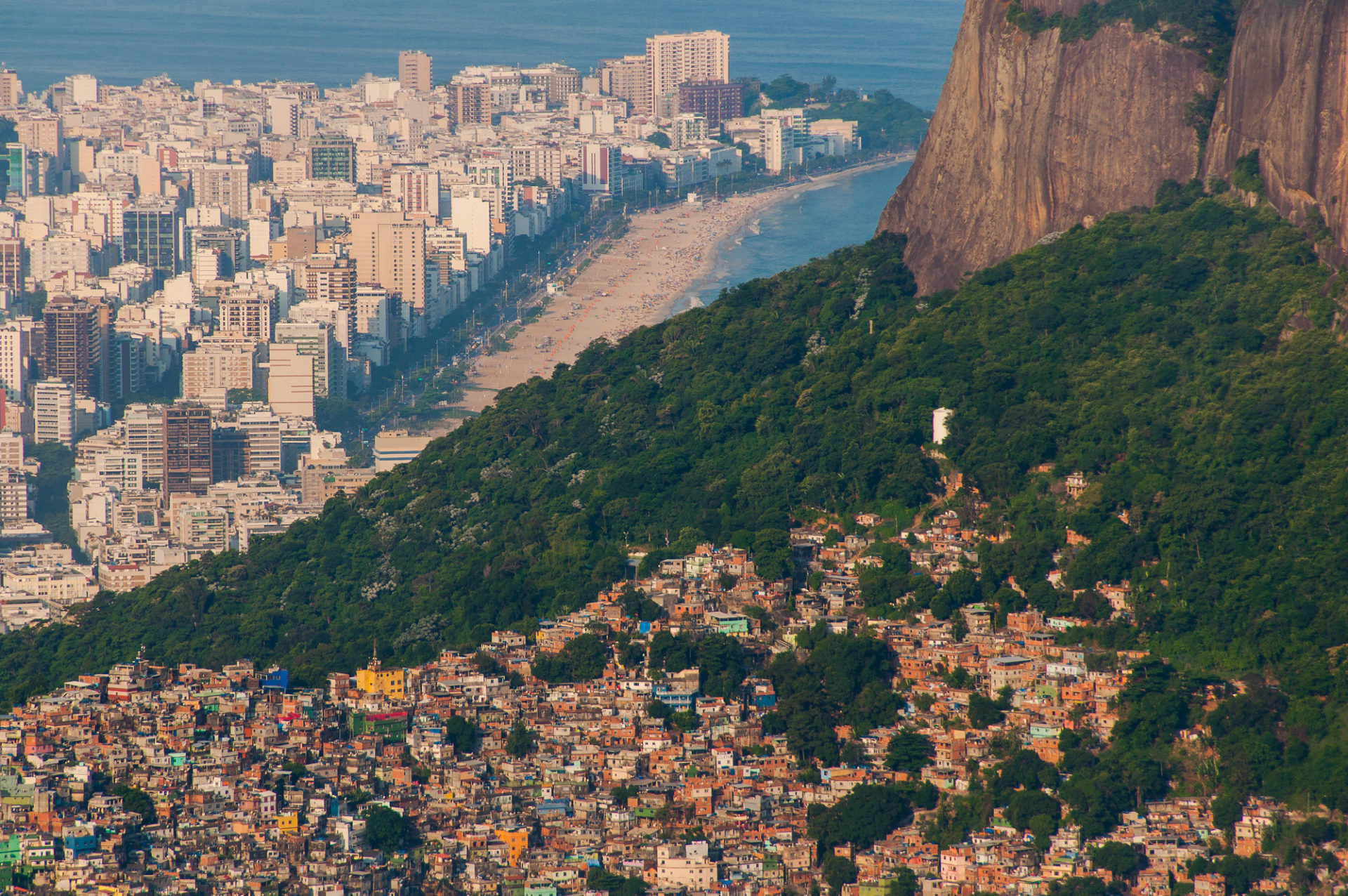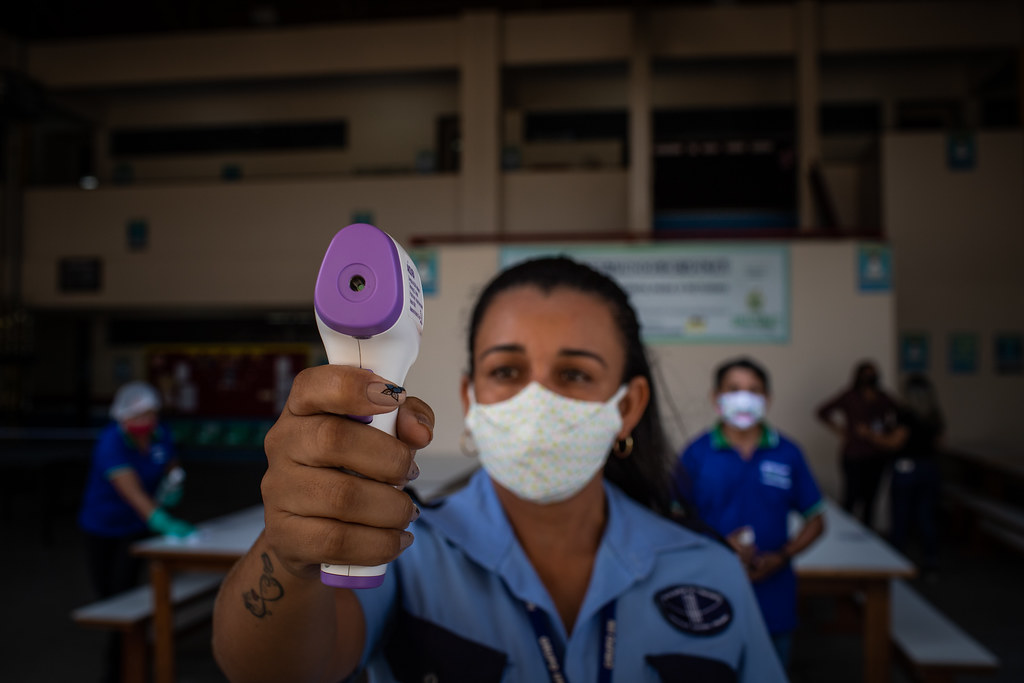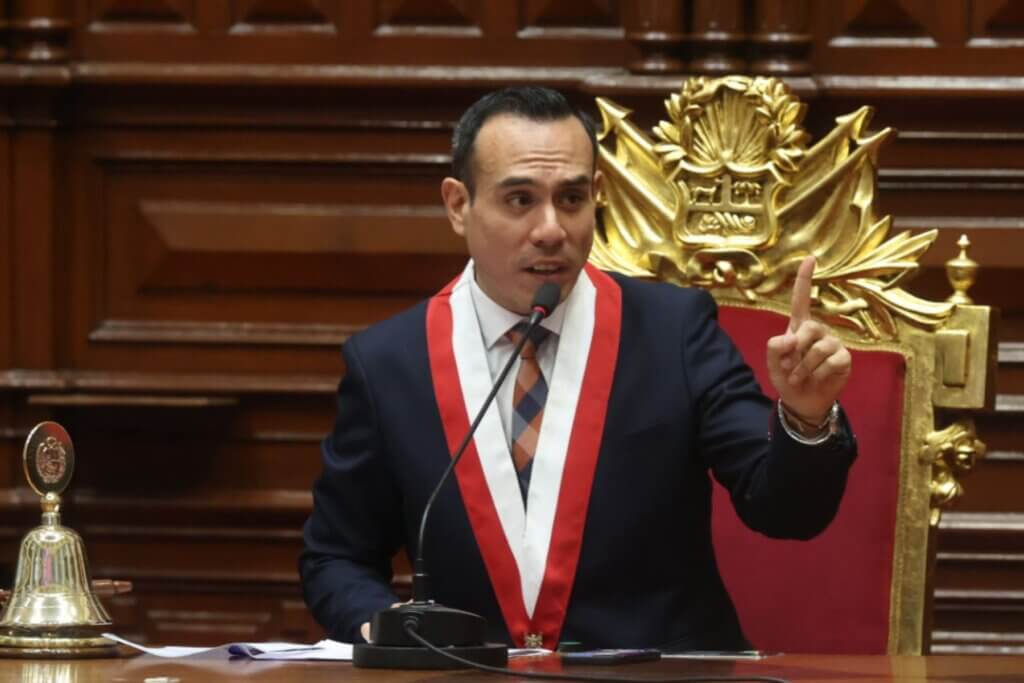Despite enjoying steady economic growth over the last couple of decades, Latin America has some of the highest levels of income inequality in the world. As protests — many demanding better social equality — sweep the region, a United Nations Development Program (UNDP) report examined wealth distribution in these countries.
Read more: 2019: A year in protests
Published last week, the report states that 10 million people in Latin America have transitioned out of poverty between 2003 and 2013, but adds that many of them are at risk of falling back into it. Factors that decrease a household’s chance of this include access to remittances — often money sent from those who have emigrated — or the head of the household receiving a pension.
Looking beyond purely economic factors, ethnicity can also have an influence on an individual’s ability to move out of poverty. In Mexico, where around 15 percent of the population is indigenous, the report stated that one’s ethnicity reduced the probability of leaving poverty by 12 points between 2002 and 2005. Ethnicity also increased the chances of falling back into poverty by 10 points.
The report stated that horizontal inequalities in Latin America — such as ethnicity or gender — appear to be connected to a culture of white privilege, perpetuated since colonial times. These marginalized groups often lack effective means to defend their rights, even if these rights are protected by the laws of their country. Elizabeth Anderson, Arthur F. Thurnau and John Dewey from the University of Michigan explained in the report that this could be because their testimonies are systematically disbelieved, legislators are not held accountable to them, or a lack of education means they are unaware of their rights in the first place.
There is evidence of a growing middle class in developing countries worldwide, but in Latin America, it is a precarious situation to be in. The report suggests that many members of Latin America’s middle class pay more in social services than they receive, increasing the likelihood of them falling back into a lower class.
So how can Latin America combat these issues? According to the UNDP report, one of the most effective ways to decrease inequality globally is through education. However, in Latin America, 30 million people are not in any form of education, employment or training.
A recent study by The Lancet investigated the consequences of both income disparity and levels of education when it comes to life expectancy within cities in Latin America. It showed, for example, that a woman living in Santiago de Chile with a low income would live 18 years less than a woman in the same city with a high income. Regardless of income, a high level of education in Santiago de Chile could increase both men and women’s life expectancy from between seven and 12 years.
Read more: In Photos: Brazil’s second round of education protests
This year in Argentina, Brazil and Colombia, citizens took to the streets to protests against education cuts, but their actions have so far not managed to change policies. Governments continue to cut funding to education, which fuels an already poor perception of public schools. In the same way, cuts to health services create an increasingly negative view of public healthcare. As a result, those who have the financial capacity to do so attend private schools and access private healthcare, and those who do not — and are already paying much of their salary on social services — are reluctant to pay even more.
“A natural response [to improve social services] would be to add resources from those at the top,” the report states. “But the richest, though few in number, can be an obstacle to expanding services, using their economic and political power in response to decisions they dislike.”
Over the last decade, Latin America has grown economically, but wealth has not been evenly distributed. In fact, according to the report, only 16 percent of people in the region believe that wealth is fairly distributed in their country, an important factor behind the wave of protests that Latin America has experienced this year.











